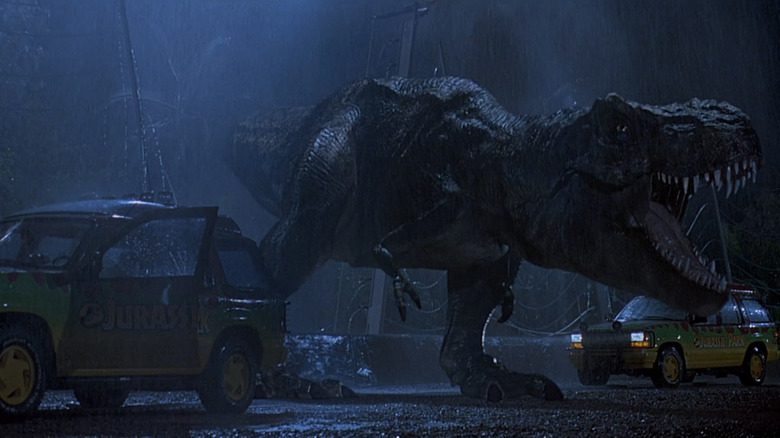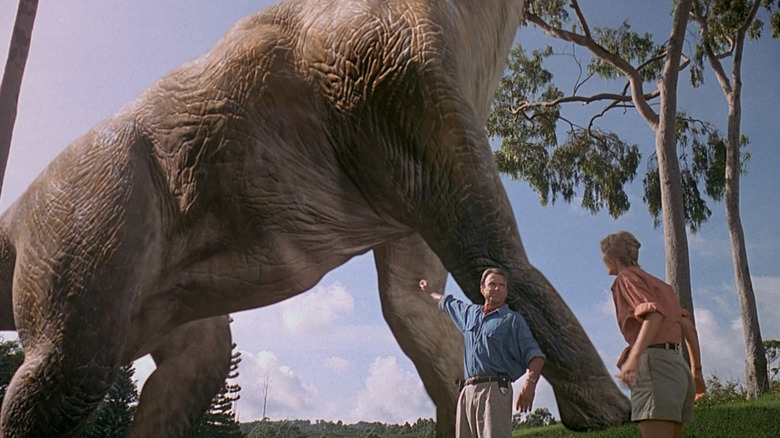
Visual effects artists are notoriously underpaid and painfully overworked. You rarely find a movie nowadays that doesn't require some level of effects work, whether they're creating entire environments and characters or just painting out modern tech for a period movie. These artists are being stretched so thin that a lot of the effects work that ends up in the final cuts of films are not at the level they need to be. It's a real issue.
But I would argue visual effects work is not just having a logistical and work environment crisis, but a bit of an artistic one. So many projects are made by filmmakers who do not have a strong grasp on how to integrate computer generated elements into their work. This problem arises as the generation coming into movies now are the ones who either did not work at all, or at least very much, before digital visual effects became the default. They film something and just assume the effects team will be able to figure something out in post-production. Sometimes, the filmmakers best equipped to let the visual effects truly shine are those who learned how to make movies in the pre-CGI era.
Nobody exemplifies this better than Steven Spielberg, whose films feature everything from sharks to aliens to melting heads, and that's before you get to the revolutionary effects in "Jurassic Park." That near 30-year-old movie holds up about as well as most CGI from last year, but Spielberg didn't do it by himself. He had a top-notch effects team of legends, including Stan Winston, Dan Muren, Michael Lantieri, and -- our subject today -- Phil Tippett.
Tippett, who came from the world of stop-motion animation, is one of the most acclaimed effects artists in history (not to mention a fine director himself). And he knows why those "Jurassic Park" effects still hold up.
Forget Real, How About Hyper-Real?

What a lot of moviegoers don't understand about people who create visual effects is that they are artists. They have their own viewpoints and styles that many filmmakers want to flatten out, turning them into replicators instead of creators. Phil Tippett, who created stop motion-effects ranging from the AT-AT walkers in "The Empire Strikes Back" to ED-209 in "RoboCop," is an artist, first and foremost. When Spielberg brought him in to work on "Jurassic Park," he was not hiring him to transpose the image of a dinosaur on screen. No, he needed to imagine a dinosaur's movements, textures, and behavior, as well as figure out how to most excitingly render that on screen.
Tippet is one of the subjects of the upcoming "Light & Magic" documentary series on Disney+, which tells the story of the famed effects studio Industrial Light & Magic. He recently spoke to /Film's own Ethan Anderton and revealed why he believes the "Jurassic Park" effects have stood the test of time:
"I think the artistry. The people that were involved with it, like me and Dennis [Muren]. One thing that we've talked about, Dennis and I, is that you don't necessarily try to make things real. I mean, you do, but you can't. So where the magic comes from is making it hyper-real, which is what it is anyhow. I think that's really where you get the spectacle quotient."
What Tippett gets at here is what makes the dinosaur effects in the "Jurassic World" films not as gripping as those in the original movie. They are trying so hard to replicate the look of the original film's dinos that they forget to bring their own artistic perspective to it. You aren't going to be wowed by something you've already seen before. You need to be inventive with your work. That's what artists do. Phil Tippett is one of those people, and his most recent film "Mad God," which is currently streaming on Shudder, showcases that better than I could ever describe.
Read this next: 14 Remakes That Are Better Than The Original
The post Why Jurassic Park's VFX Have Stood The Test of Time, According To VFX Legend Phil Tippett appeared first on /Film.
0 Commentaires